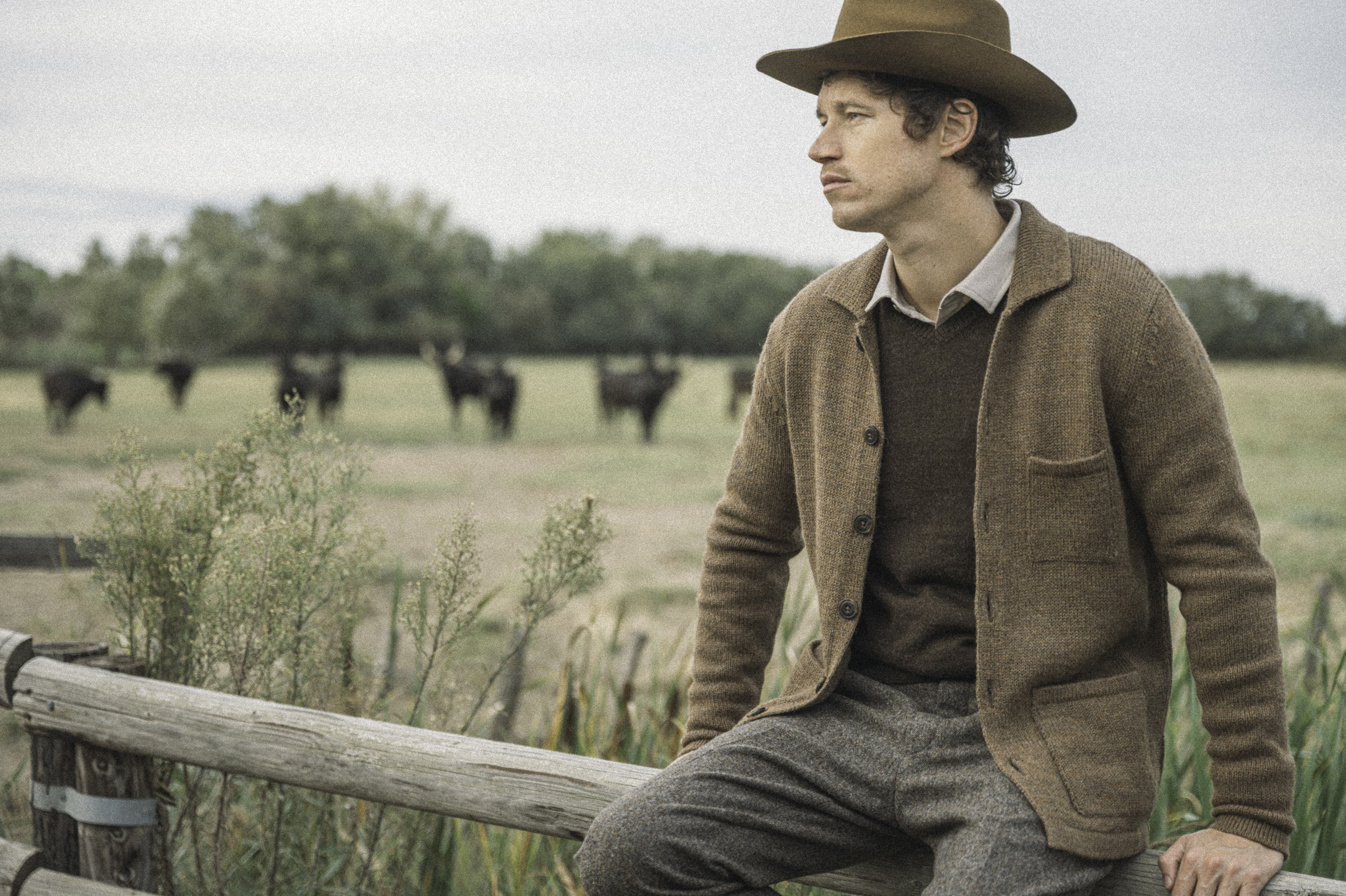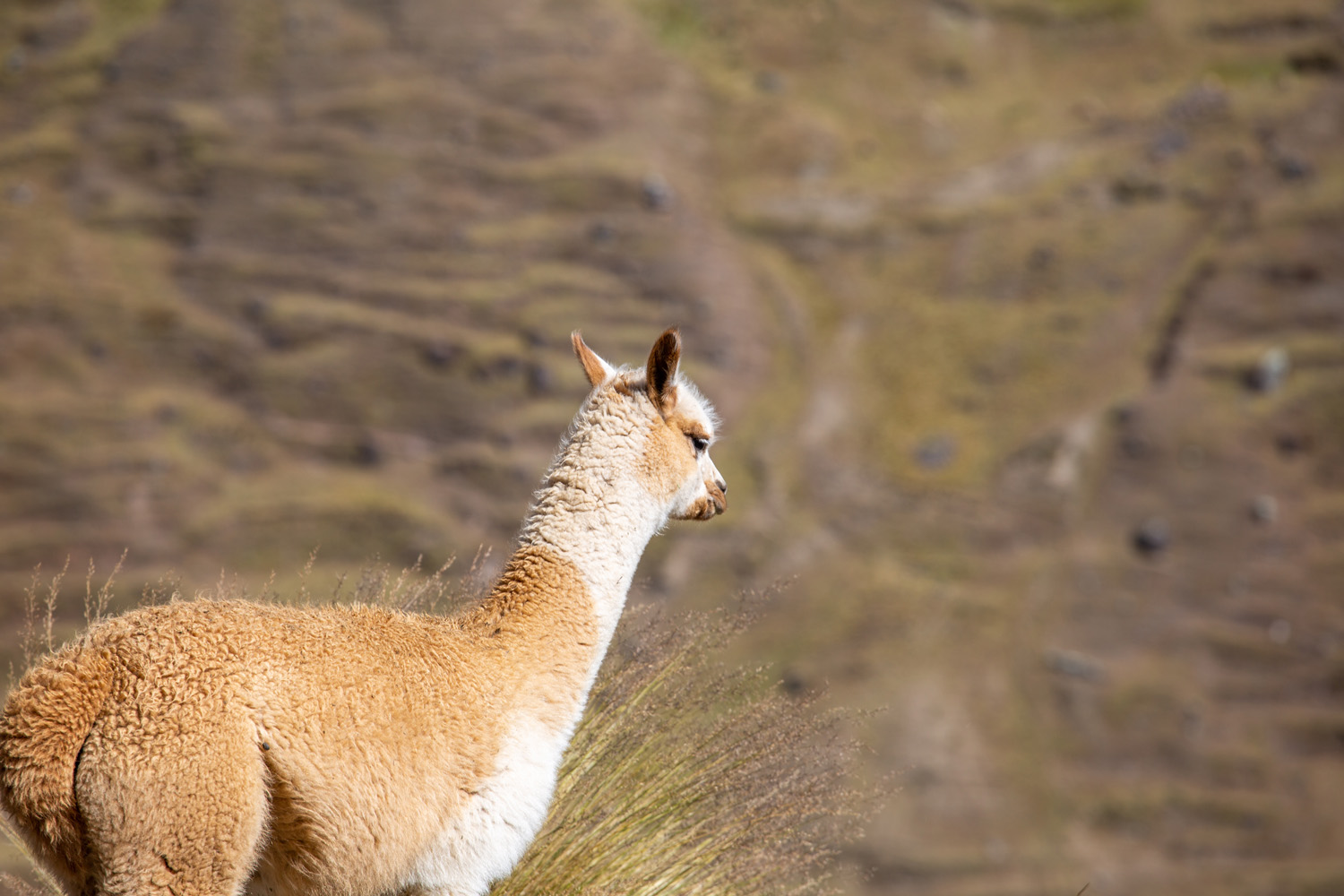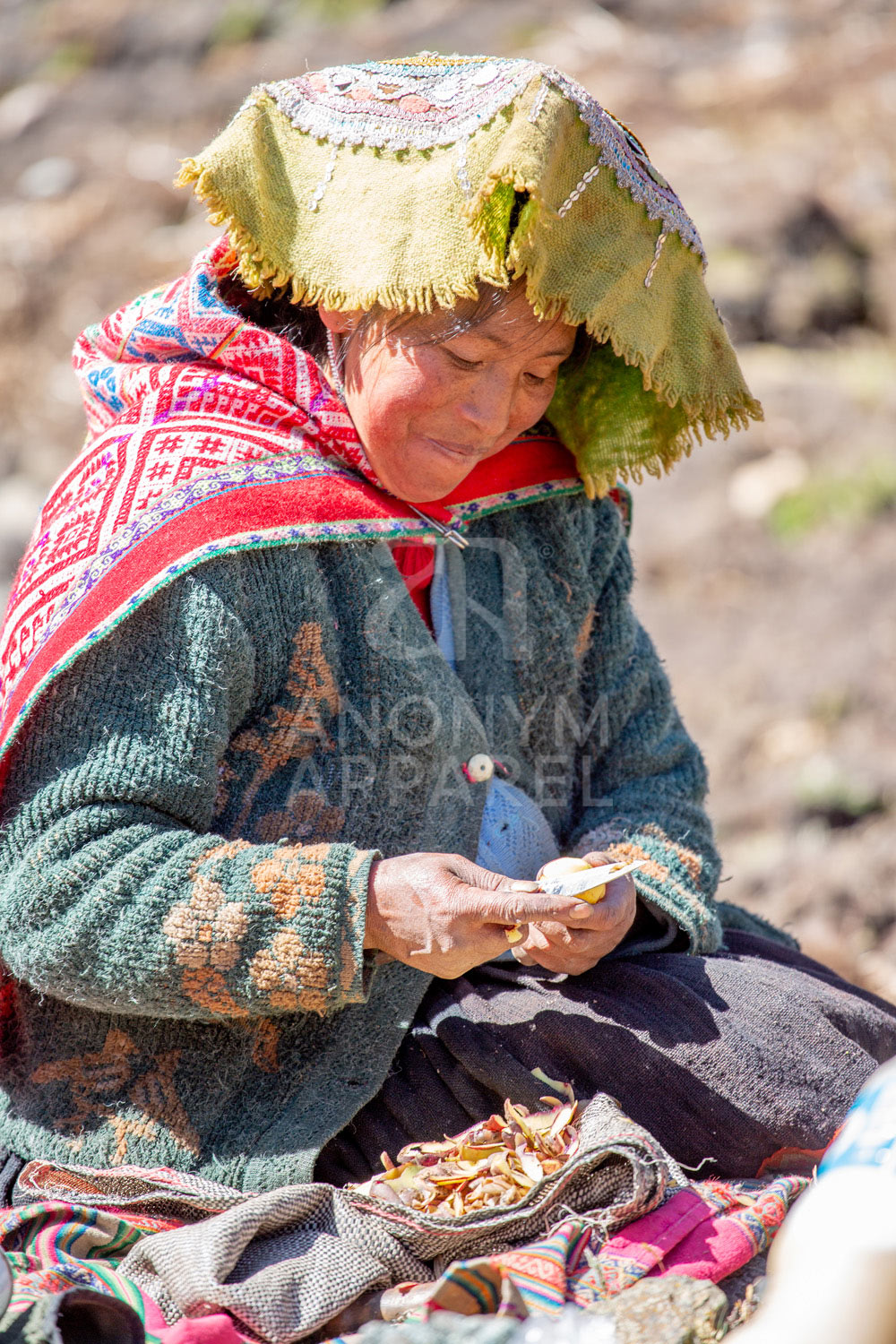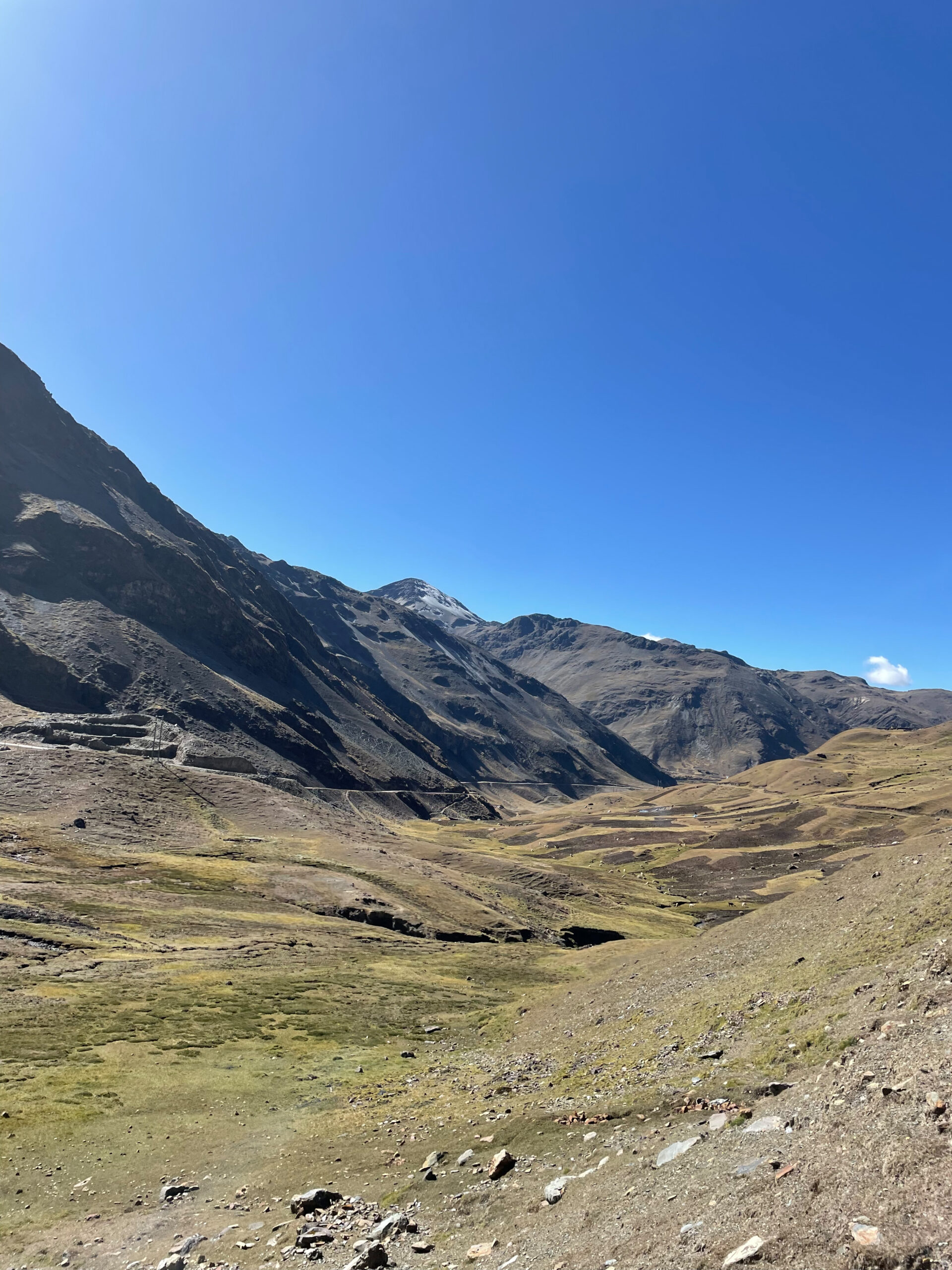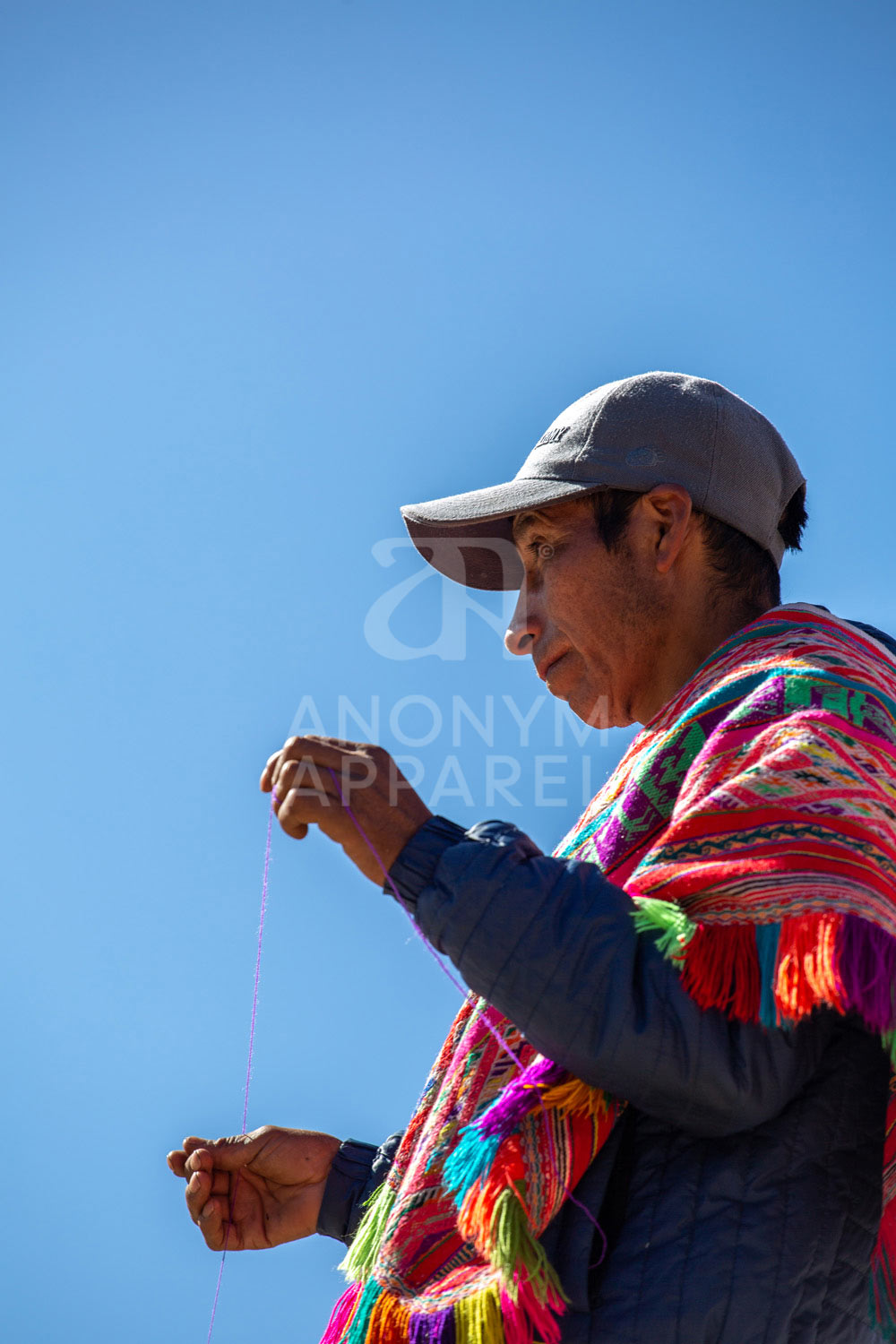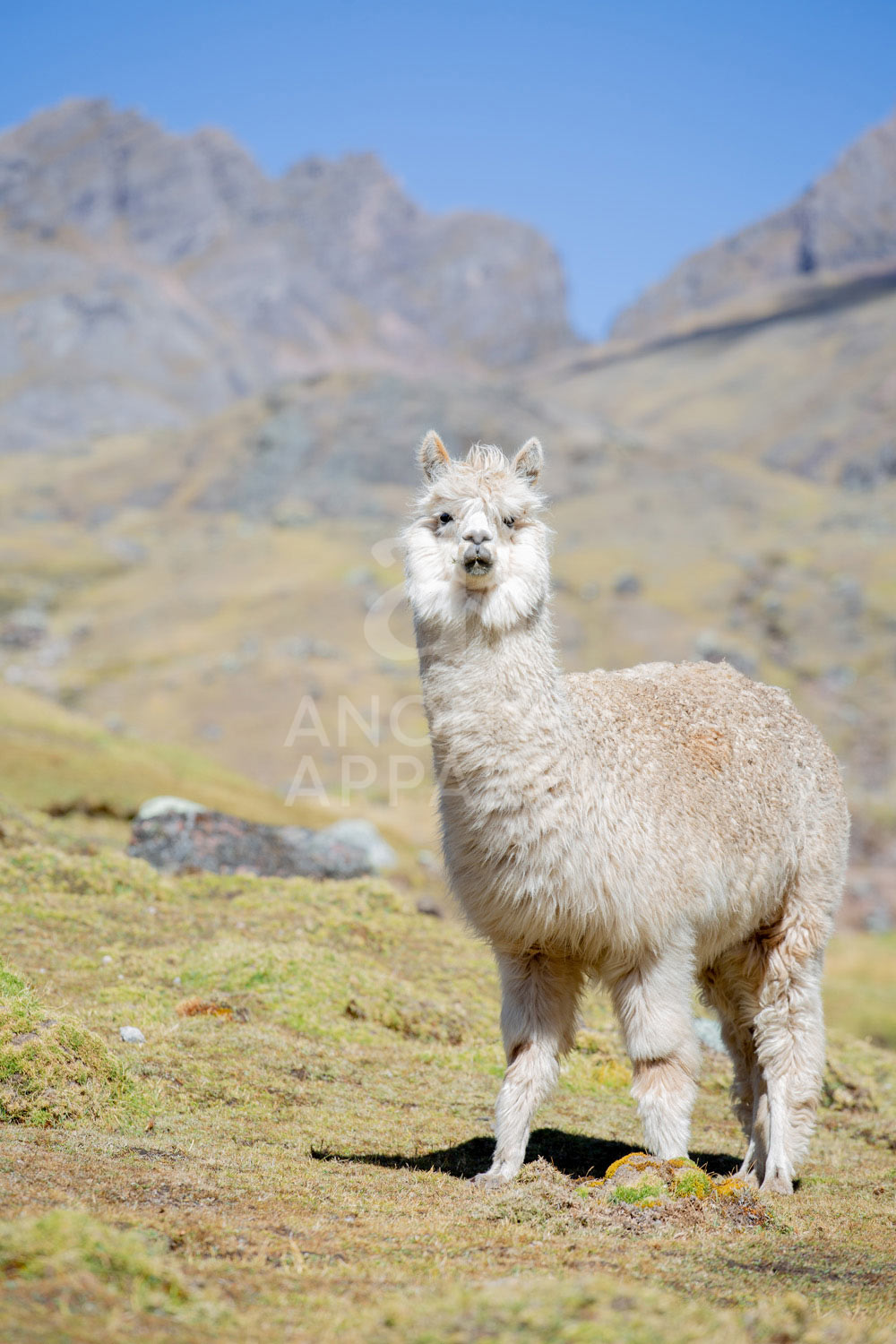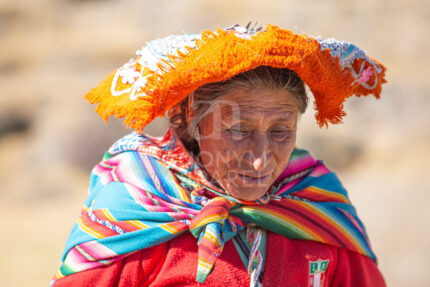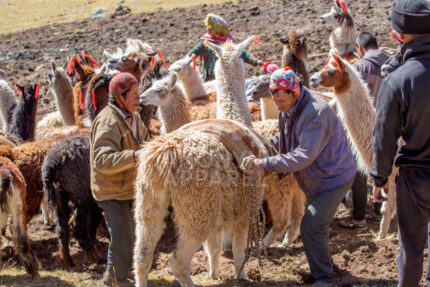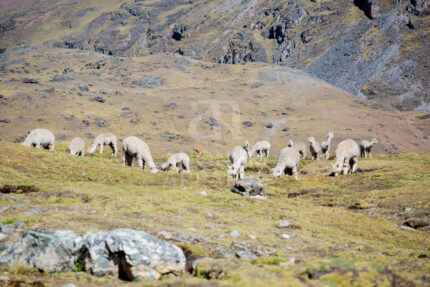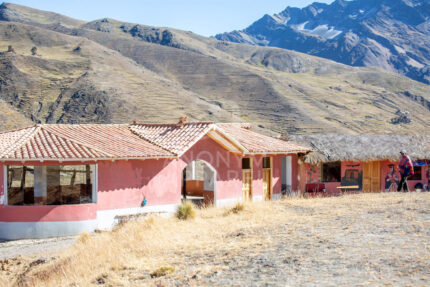At an altitude of 4,420 meters, Pacchanta defies the laws of human habitat. Coordinates: 14°21′ south, 71°10′ west. Night temperature: -15°C. Daytime temperature range: 30°C. Winds at 97 km/h. In this climatic hell live the guardians of “the white gold of the Andes”, the finest alpaca fiber in the world.
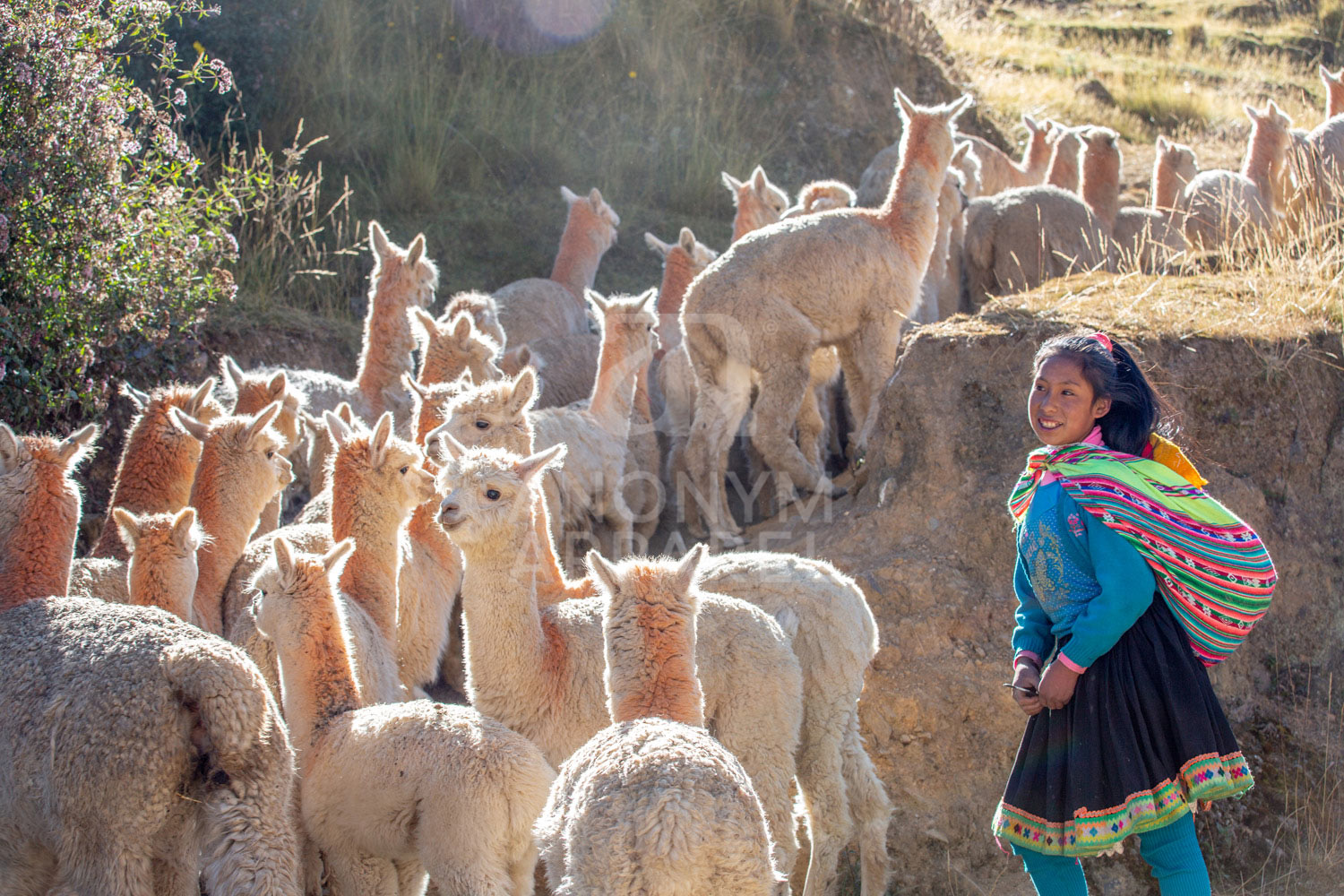
Photo @elegantdesign for Anonymous Apparel
Extreme geography
The Altiplano extends between 3,200 and 5,000 meters above sea level. This puna – high-altitude meadow – is home to 3.6 million alpacas, 87% of the world's population. The fragile ecosystem combines grasslands, wetlands, and peatlands where the grasses Jarava ichu and Festuca dolichophylla thrive.
Marangani District In the province of Canchis, elite livestock farming is concentrated. 43,900 hectares of natural pastures, 11,247 inhabitants, density: 25.6 people per square kilometer. Geographic isolation has preserved the genetic purity of the herds for five millennia.
Photos @elegantdesign for Anonymous Apparel
Millennial adaptation
South American camelids develop unique physiological adaptations. Elliptical red blood cells carrying 30% more oxygen. Oversized heart. High-affinity hemoglobin to compensate for chronic hypoxia at 4,000 meters.
Higher UV radiation 20% than at sea level. Alpaca fleece provides natural sun protection. Hollow fibers ensure optimal thermal insulation. Reduced scaly structure: superior softness to sheep's wool.
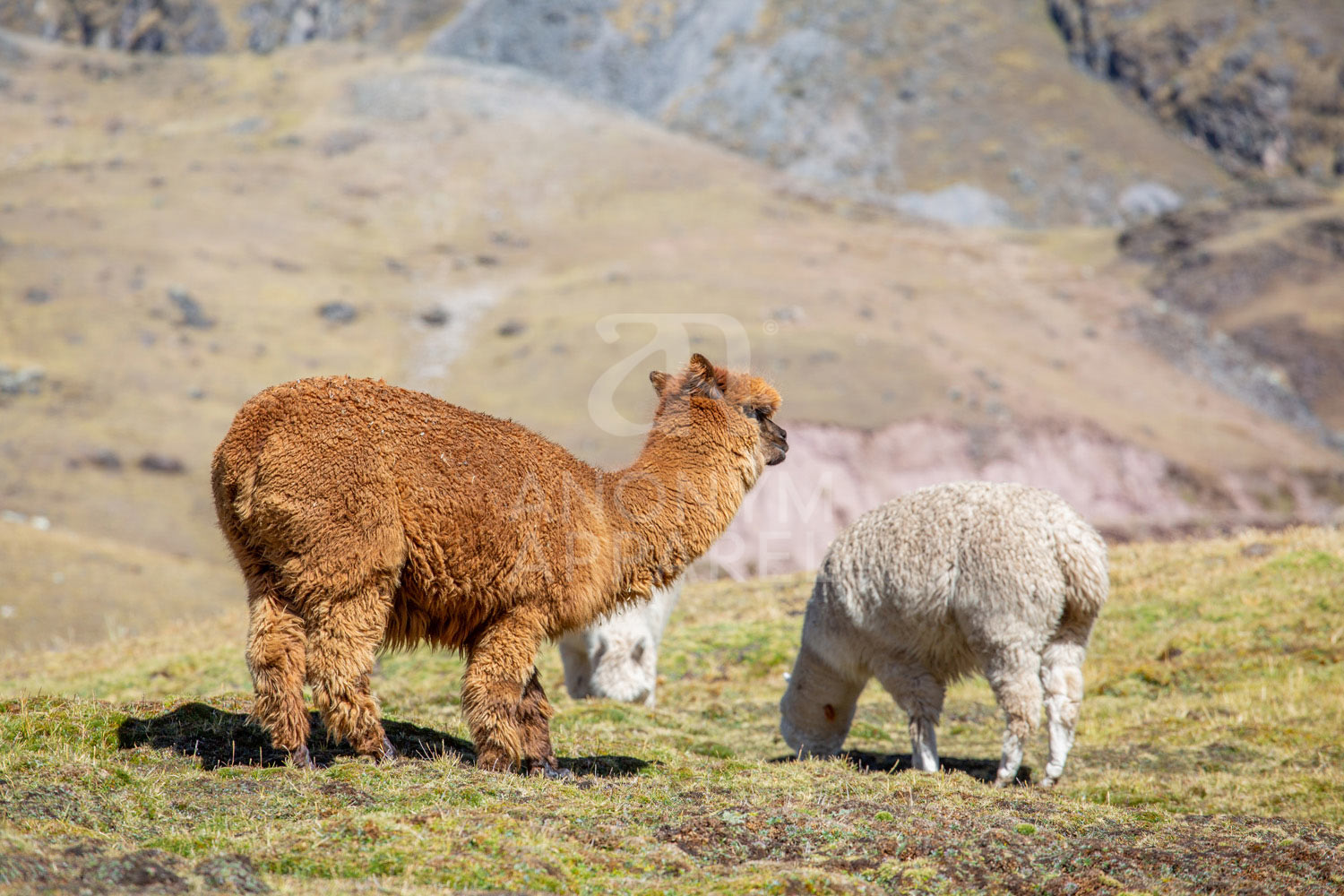
Photo @elegantdesign for Anonymous Apparel
Pastoral ecosystem
The puna works like an integrated livestock-agriculture system. Rotation of pastures preserving the plant cover. Natural fertilization by camelid droppings. Cultivation of potatoes, quinoa, barley at altitude thanks to this symbiosis.
Exceptional avian biodiversity : Andean condor, flamingos, puna teal. Mammals: spectacled bear, puma, chinchillas. This fragile ecological balance depends on the maintenance of traditional pastoral practices.
Photos @elegantdesign for Anonymous Apparel
OUR REFERENCES
Alpaca breeding in Peru and perspectives for the future
Marangani
In a Small Village High in the Peruvian Andes, Life Stories Are Written in Textiles
Puna grassland
Altiplano
Textile characteristics of fiber from Huacaya alpacas (Vicugna pacos)
Alpaca wool and Pima cotton: Peruvian manufacturers are banking on the European market
The province of Canchis
Peruvian alpaca: What makes this fiber so highly valued worldwide?


